
As outdoor enthusiasts we rely a lot on knives. From filleting fish to field dressing animals to whittling sticks, knives play a big role in our outdoor pursuits.
Like any tool, knives perform best when they are in top working order – with a sharp blade.
Sharpening 101
Sharpening a knife is about forming a clean, new edge. Simply put, during the process of sharpening metal is removed from the blade and a new, sharper, edge is formed.
There are many different methods for putting a new edge on a blade, ranging from simple to more advanced techniques. Here’s a breakdown of three sharpening methods and products that will ensure your knives are ready to work when called upon.
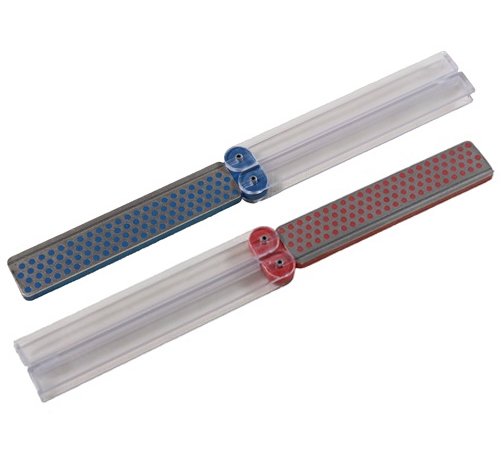 Pocket / handheld sharpeners
Pocket / handheld sharpeners
These simple tools are the easiest to use and the least expensive to purchase. They are convenient for packing on trips afield to quickly restore an edge.
Popular types of pocket/handheld sharpeners include small stones and compact diamond sharpeners. To use, simply draw both sides of the blade across the sharpener at the desired angle (usually 20 degrees) until the edge is restored.
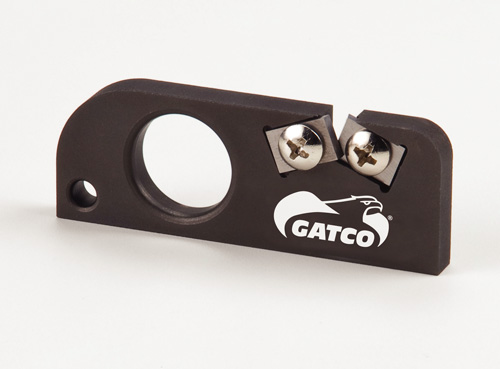 Pull (or draw) sharpening tools are another type of pocket/handheld sharpener. They are typically made of a plastic housing that holds ceramic rods or metal carbide blades at pre-set angles, ensuring ease of use and accuracy. To use, simply draw the knife blade through the sharpening “V” notch two or three times to quickly restore the edge.
Pull (or draw) sharpening tools are another type of pocket/handheld sharpener. They are typically made of a plastic housing that holds ceramic rods or metal carbide blades at pre-set angles, ensuring ease of use and accuracy. To use, simply draw the knife blade through the sharpening “V” notch two or three times to quickly restore the edge.
Stones
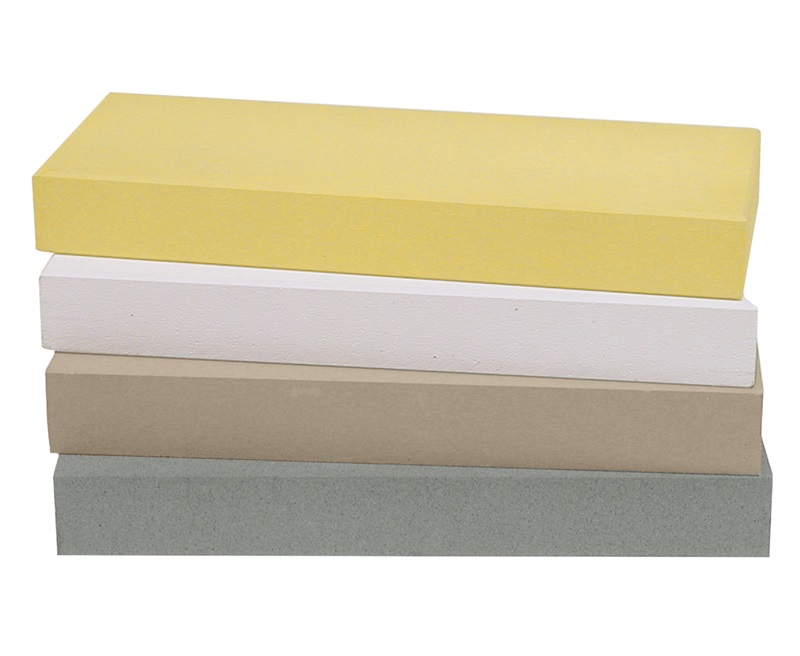
Water stone
Sharpening stones have been used around the world for thousands of years to restore edges on every type of blade imaginable. They are the most popular and tradition tool amongst sharpening experts, however they require the most skill to properly use.
The three most common types of stones are water stones, oil stones and diamond stones. Diamond stones contain small diamond fragments attached to the face of a metal plate. Oil and water stones come in a variety of types, ranging from naturally occurring stone to manufactured products. Water and diamond stones require water to be used on the stone to remove swarf (metal filings) from the stone, while oil stones require honing oil.
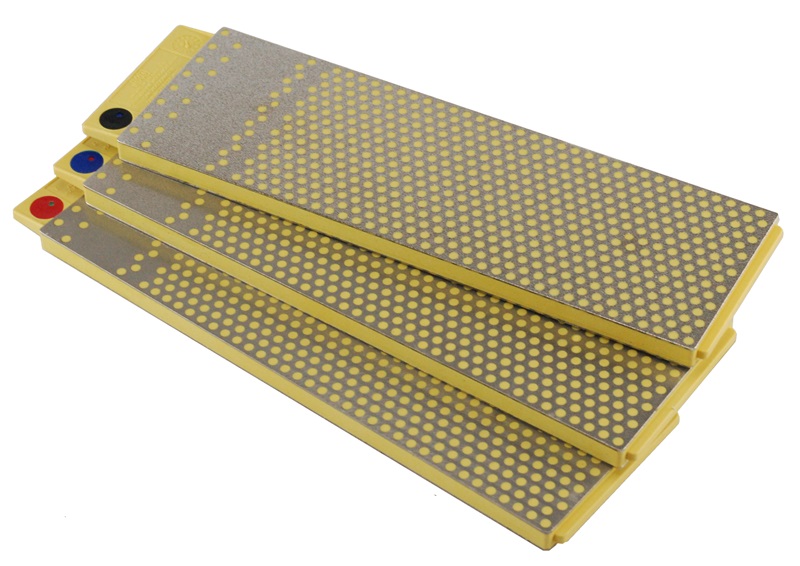
Diamond stone
Diamond stones are the fastest to cut (sharpen), most expensive and longest lasting. Water stones cut quickly, but also wear down quickly. Oil stones last long but cut slowly and oil is somewhat messy to work with.
A commonality between all types of sharpening stones is the grit, which ranges from ultra coarse to ultra fine. A coarse stone begins the sharpening process by establishing an edge, and then a fine stone is used to refine the edge.
To use sharpening stones, hold the knife-edge at (approximately) a 20-degree angle on the stone and push the length of the knife across the stone in a sweeping arc motion that starts with the heel of the knife and finishes with the point. Make sure to maintain the angle of the blade on the stone throughout the motion. Repeat the sharpening motion on both sides of the blade until the desired level of sharpness is achieved.
Kits
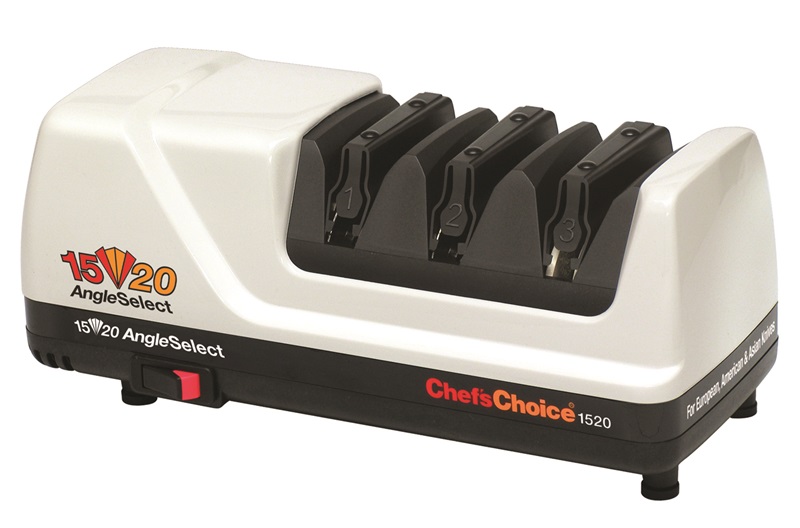 Sharpening kits fall somewhere in between pocket/handheld sharpeners and sharpening stones for ease of use. There are many different types of kits that range in design and material used for sharpening. Stone, ceramic and diamond are all popular materials.
Sharpening kits fall somewhere in between pocket/handheld sharpeners and sharpening stones for ease of use. There are many different types of kits that range in design and material used for sharpening. Stone, ceramic and diamond are all popular materials.
The commonality between kits is that they provide a guided system for maintaining a consistent angle when sharpening the blade.
Electric sharpeners are another type of kit available. They are quick and easy to use by simply drawing the blade though guided notches, while spinning sharpening discs restore the edge.



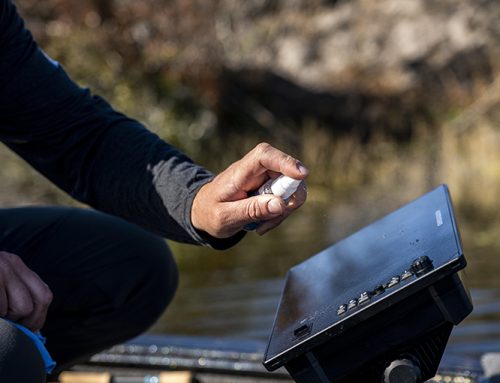

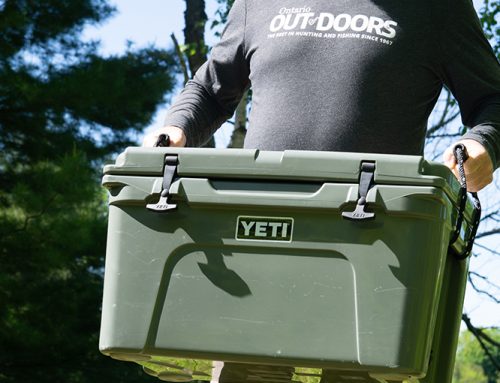
Leave A Comment